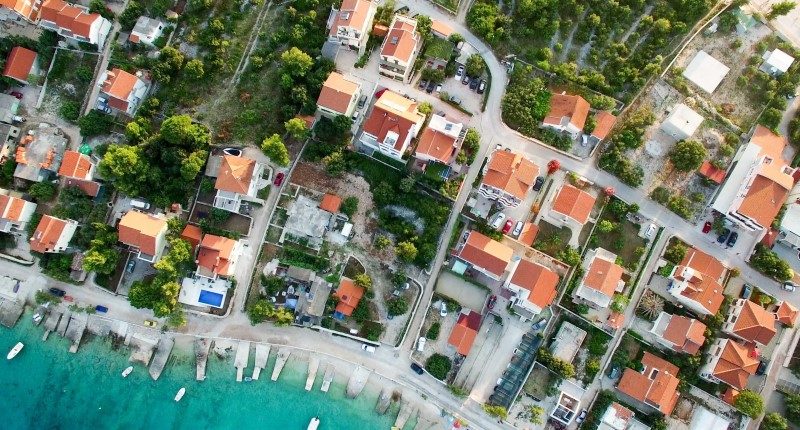- CoreLogic data confirms upward trend in housing values
- Every capital city recorded a rise in housing values in the past month
- Easy monetary policy has been a key factor in the rise
CoreLogic’s national home value index went up 0.9% in January 2021, taking Australian home values to a record high surpassing pre-COVID levels by 1.0% and surpassing the previous September 2017 peak of 0.7%. Might they run away and create a property price bubble?
Higher demand and lower supply have driven the upward trend in prices, with total advertised inventory starting 26.4% lower than the same time last year. Another major factor impacting reduced supply has been a strong rate of absorption from rising home buyer activity, particularly in the detached housing space.
Every capital city recorded a rise in housing values over the month. Darwin went from the weakest housing market to the strongest over the past 12 months, experiencing a surging 6.6% rise in housing values over the three months ending January.
Canberra housing values have not fallen since mid-2019, managing to record consistently higher home values through the worst of the COVID-19 pandemic.
Sydney and Melbourne recorded a modest 0.4% growth in housing values over the past month.
Regional housing values rose more than twice the pace of capital city markets, consistent with an ongoing trend that became evident early in the pandemic.
Another trend that is becoming increasingly apparent is the outperformance of houses over units. Home values have risen by 3.5% over the past six months while unit values remain unchanged.
Demand for units diminished during COVID-19 due to low levels of investor participation and changing living preferences.
Very easy monetary policy by the Reserve Bank of Australia (RBA) has been a key factor in driving up housing prices. With quantitative easing programs set to be extended, and the RBA having yet to reach its inflation and unemployment objectives, there looks to be no foreseeable future of rising interest rates.
CoreLogic’s report does acknowledge that a rise in riskier lending activity could act as a catalyst for the implementation of tighter credit lending policies. However, RBA Governor Philip Lowe has argued recently that lending standards still remain strong and have not deteriorated.
As expected, further outbreaks of the virus remain the greatest threat to the housing market. This is evident in the recent sustained period of restrictions in Melbourne, causing economic activity and housing activity to temporarily stall.








